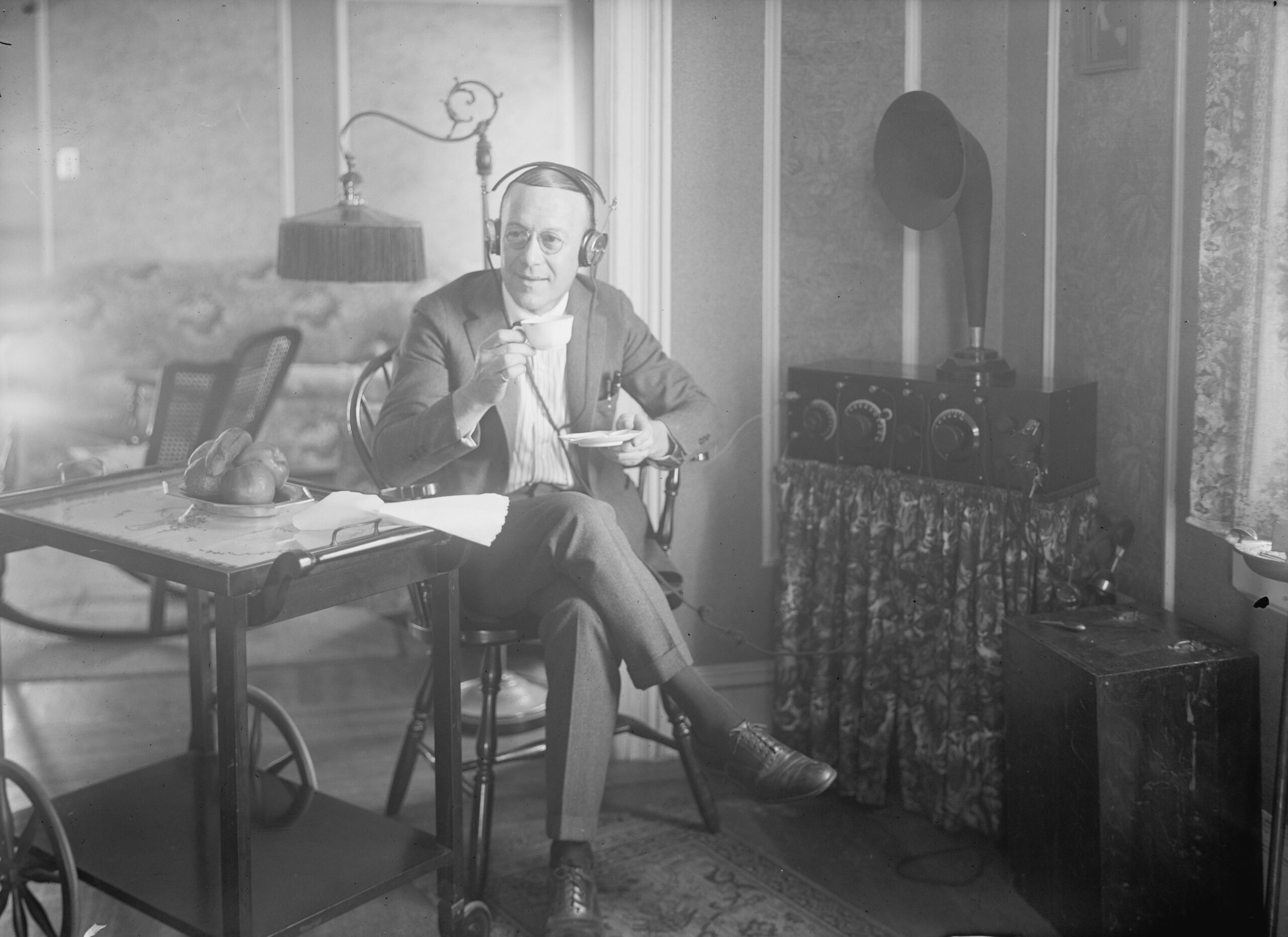The evolution of American media and journalism has been shaped by pivotal moments that changed how news is reported, consumed, and perceived. From groundbreaking technological advancements to landmark legal battles, each turning point has influenced the industry’s credibility, reach, and responsibility. Journalism has played a crucial role in shaping public opinion, holding power to account, and adapting to an ever-changing landscape.
This list explores ten defining moments that transformed American media—events that redefined the boundaries of press freedom, reshaped news consumption, and set new standards for reporting. Whether through the rise of television, digital media revolutions, or investigative journalism’s triumphs, these moments continue to impact how we understand the world today.
The Birth of the Penny Press (1830s)
In the bustling streets of early 19th-century America, the landscape of journalism was about to undergo a monumental change. The introduction of the penny press in the 1830s marked the beginning of accessible news for the masses. Newspapers, which were previously expensive and targeted at the elite, suddenly became affordable to the average person. This democratization of information meant that news could reach a broader audience, which in turn increased public engagement with current events. The penny press made its mark by focusing on sensational stories that appealed to the everyday reader. With eye-catching headlines and human-interest stories, it captured the spirit of the time. This era laid the foundation for modern journalism, emphasizing the importance of reaching all segments of society.
The Telegraph Revolution (1840s)
The invention of the telegraph in the 1840s revolutionized how news was gathered and disseminated. Information that once took days or weeks to travel could now be transmitted in minutes. This technological advancement allowed journalists to report on events as they unfolded, bringing immediacy to news coverage. The Associated Press, founded in 1846, was among the first organizations to leverage this technology, creating a network of correspondents who could quickly share news across vast distances. The telegraph not only sped up news delivery but also enhanced accuracy, as correspondents could provide direct reports rather than relying on second-hand accounts. This shift towards faster and more reliable news was a game-changer for journalism.
The Rise of Yellow Journalism (1890s)
As the 19th century drew to a close, a new style of journalism emerged, characterized by sensationalism and exaggerated reporting. Known as yellow journalism, this approach was driven by fierce competition between newspaper magnates like Joseph Pulitzer and William Randolph Hearst. Their newspapers, such as the New York World and the New York Journal, engaged in bold headlines and dramatic stories to captivate readers. While often criticized for prioritizing entertainment over factual accuracy, yellow journalism played a significant role in shaping public opinion and influencing political events. This era highlighted the power of media to sway public perception and underscored the importance of ethical journalism.
The Birth of Radio News (1920s)

With the advent of radio in the 1920s, a new era of journalism was born. Radio brought news directly into people’s homes, creating an intimate connection between broadcasters and listeners. Unlike newspapers, which required reading, radio news was accessible to everyone, including those who were illiterate. This medium allowed for live reporting, enabling audiences to experience events as they happened. Radio news gained prominence during major events like the Lindbergh baby kidnapping and the Hindenburg disaster, providing real-time updates that captivated the nation. The immediacy and reach of radio transformed it into a powerful tool for news dissemination, setting the stage for future broadcast journalism.
The Influence of Television News (1950s)
The 1950s saw the rise of television as the dominant medium for news delivery, fundamentally altering the way Americans consumed information. Television brought a visual element to news reporting, allowing audiences to see events unfold rather than just read or hear about them. Iconic broadcast journalists like Edward R. Murrow and Walter Cronkite became household names, delivering news with authority and credibility. The visual impact of television made it a powerful medium for storytelling, as compelling images could evoke strong emotional responses. This era underscored the importance of visual storytelling in journalism and set a new standard for news delivery.
The Watergate Scandal and Investigative Journalism (1970s)
The Watergate scandal of the 1970s marked a defining moment for American journalism, showcasing the power of investigative reporting. Journalists Bob Woodward and Carl Bernstein of The Washington Post played a pivotal role in exposing the details of the scandal, leading to the resignation of President Richard Nixon. Their relentless pursuit of the truth demonstrated the critical role of journalists as watchdogs of democracy. The Watergate investigation highlighted the importance of thorough research, verification of sources, and holding those in power accountable. This era reinforced the significance of investigative journalism in uncovering corruption and maintaining transparency in government.
The Birth of 24-Hour News Channels (1980s)
The launch of CNN in 1980 introduced the world to the concept of 24-hour news coverage, fundamentally changing the media landscape. With round-the-clock reporting, news was no longer confined to specific times of the day. This shift allowed for continuous updates on breaking stories, providing audiences with instant access to information. The Gulf War in the early 1990s showcased the power of 24-hour news, as CNN’s live coverage brought real-time images of the conflict into homes worldwide. This era marked the beginning of the information age, where news was always available, shaping how people consumed and processed information.
The Rise of Digital Media (1990s)

The 1990s saw the emergence of digital media, ushering in a new era of journalism. The internet became a platform for news organizations to reach global audiences instantly. Online news sites offered readers access to a vast array of information at their fingertips, transforming the way people consumed news. The rise of digital media also democratized journalism, allowing citizen journalists and bloggers to contribute to the news landscape. This shift challenged traditional media outlets to adapt to the changing expectations of audiences who now demanded immediate and diverse perspectives. The digital age redefined journalism, emphasizing speed, accessibility, and interaction with audiences.
The Impact of Social Media (2000s)
The 2000s brought the rapid rise of social media platforms, fundamentally altering the way news was shared and consumed. Platforms like Facebook, Twitter, and YouTube became powerful tools for disseminating information quickly and reaching a global audience. Social media allowed for user-generated content, enabling individuals to share news and opinions in real-time. This era saw the blurring of lines between traditional journalism and citizen reporting, as anyone with a smartphone could become a broadcaster. Social media also posed challenges, such as the spread of misinformation and the need for media literacy. Despite these challenges, social media has become an integral part of the modern media ecosystem.
The Era of Fake News and Fact-Checking (2010s)
The 2010s were marked by the rise of “fake news,” as the spread of misinformation became a significant concern in the media landscape. This era highlighted the importance of fact-checking and verifying sources to maintain journalistic integrity. News organizations faced the challenge of combating false information while striving to uphold the principles of accuracy and fairness. Fact-checking initiatives emerged as a critical component of journalism, helping readers discern credible information from misleading narratives. This period underscored the vital role of journalists in providing accurate and reliable news amidst a rapidly changing media environment.


